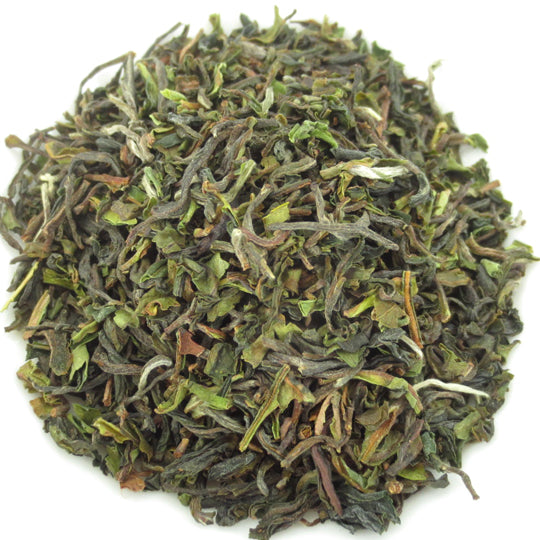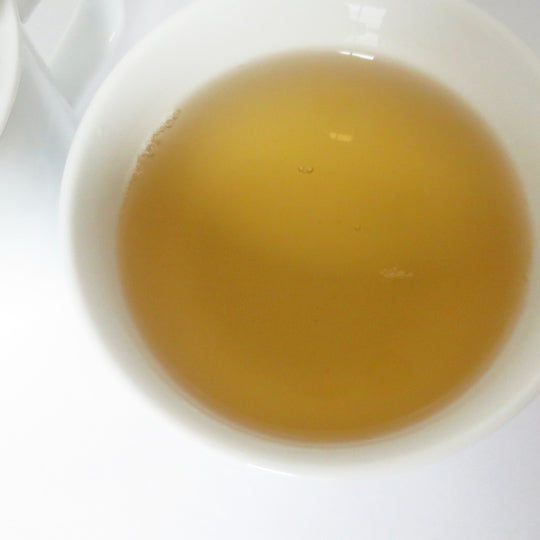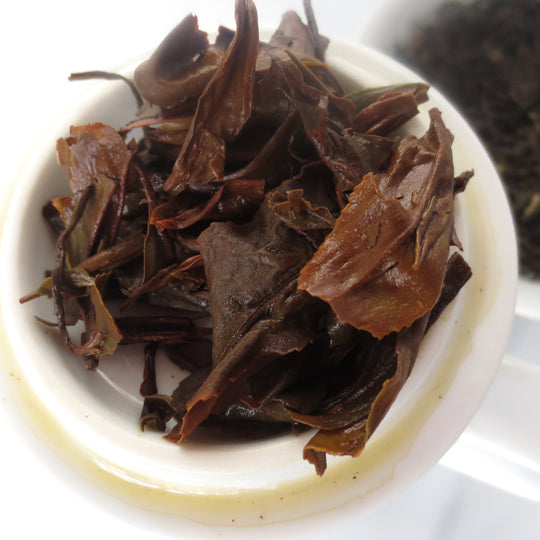
Why is Darjeeling first flush so green in appearance?

One common question among Darjeeling tea lovers is why does the first flush look so green? Although it is classified as black tea, the appearance of dry Darjeeling first flush tea can make one mistake it for a green tea.
Let us listen to Mr Rajiv Kumar, senior manager, Risheehat tea estate, explain the process of manufacturing Darjeeling first flush.
“After the freshly plucked leaves are carried to the factory, we wither it by 60-65 per cent. Because the leaves of the spring are very soft and silky, we roll it under minimal pressure for just 10-15 minutes.

"Next we do not hold it for fermentation/oxidation but immediately take the leaves into the drying chamber. Once the leaves are dry it is ready to be sorted and packed. This is why, because of very little oxidation, the first flush takes such a greenish appearance.”
So Darjeeling first flush is essentially a very lightly oxidized unroasted oolong. However, because the Indian tea industry is not familiar with the oolong tradition as such - and since partial oxidation method is "new" to the local tea industry - the tea is still referred to as black tea following convention.
Consider the difference in the processing of Darjeeling second flush. Leaves of this season (May-June) have more “juice” in it and are more hardier. They are rolled for 40-50 minutes under “hard pressure” and are fully fermented/oxidized, a step that takes 2-3 hours.
Darjeeling first flush was not always produced in the way it is done now. The change is attributed to the Germans who influenced the Darjeeling tea planters in the 60s-70s to adopt a more nuanced approach to manufacturing. The main market for Darjeeling tea used to be UK, where people preferred their tea milk and sugar. It called for a more robust tea, which was achieved by high oxidization. However, after Independence and the departure of the English planters the influence of the English upon the Darjeeling tea industry understandably waned.

The Germans realized a whole lot of flavors were being wasted by the “standardized” manufacturing. They persuaded some of planters to reduce the rolling and oxidation, while increasing the withering. It resulted in teas that had a lighter body but more aroma. It also caused teas between various tea gardens of Darjeeling to achieve their own taste profiles. Eventually, this way of making “light and bright” tea became a new standard for Darjeeling first flush tea.

